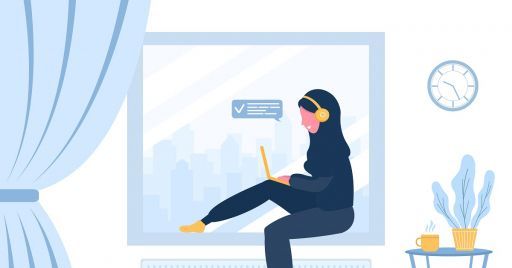

Personalize learning in smart working
Do you want employees, despite smart working, to not feel "disconnected" from the company? To maintain engagement, one option is personalized learning.
Personalize learning in smart working
Do you want employees, despite smart working, to not feel "disconnected" from the company? To maintain engagement, one option is personalized learning.
Smart working is one of the realities that has brought the pandemic to the forefront and is most likely here to stay. COVID-19 has forced many to work from home and not have direct contact with colleagues. However, smart working has finally shown companies that they can continue to function, without risking a drop in productivity, even if employees are in different locations or countries.
Despite all the benefits of smart working, however, some workers are at risk of burnout due to the lack of connection with the company and their team.
What can be done to avoid this risk and promote employee engagement? From the world of eLearning, one option is to offer a personalized learning experience. How to create a tool that can improve not only productivity but, more importantly, employee well-being? Here are some tips:
Assess the needs of the trainees: before creating customized paths, it is essential to know not only the current role of the worker but also what are the future expectations, any gaps and the need to acquire new skills. Thanks to the possibilities offered by application platforms, you can include all the variables that can provide a highly personalized experience. The result is a targeted training path that engages learners.
Involve workers in content creation: Being away from the office may have made some workers feel less "useful". Why not involve them in creating content for the learning platform? This strategy not only allows you to stimulate worker engagement but also allows you to get authentic content and create a more cohesive business community.
Asynchronous learning: with eLearning, times are changing. Thanks to asynchronous learning, in fact, workers have the opportunity to study and train when they have the chance, during work breaks or in their free time. This is a key feature since it gives the opportunity to customize learning times and allow trainees to learn at their own pace.
Use adaptive learning: thanks to the use of new technologies and, in particular, artificial intelligence, it is possible to personalize the training experience thanks to the analysis of the trainees' behaviors, needs and performance in real time. This is the goal of the so-called adaptive learning, one of the trends of recent years that will become increasingly important for the future of the eLearning industry.
Translated with www.DeepL.com/Translator